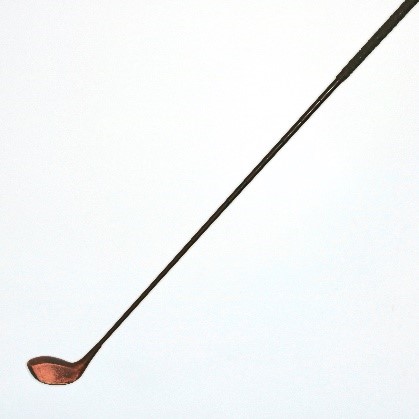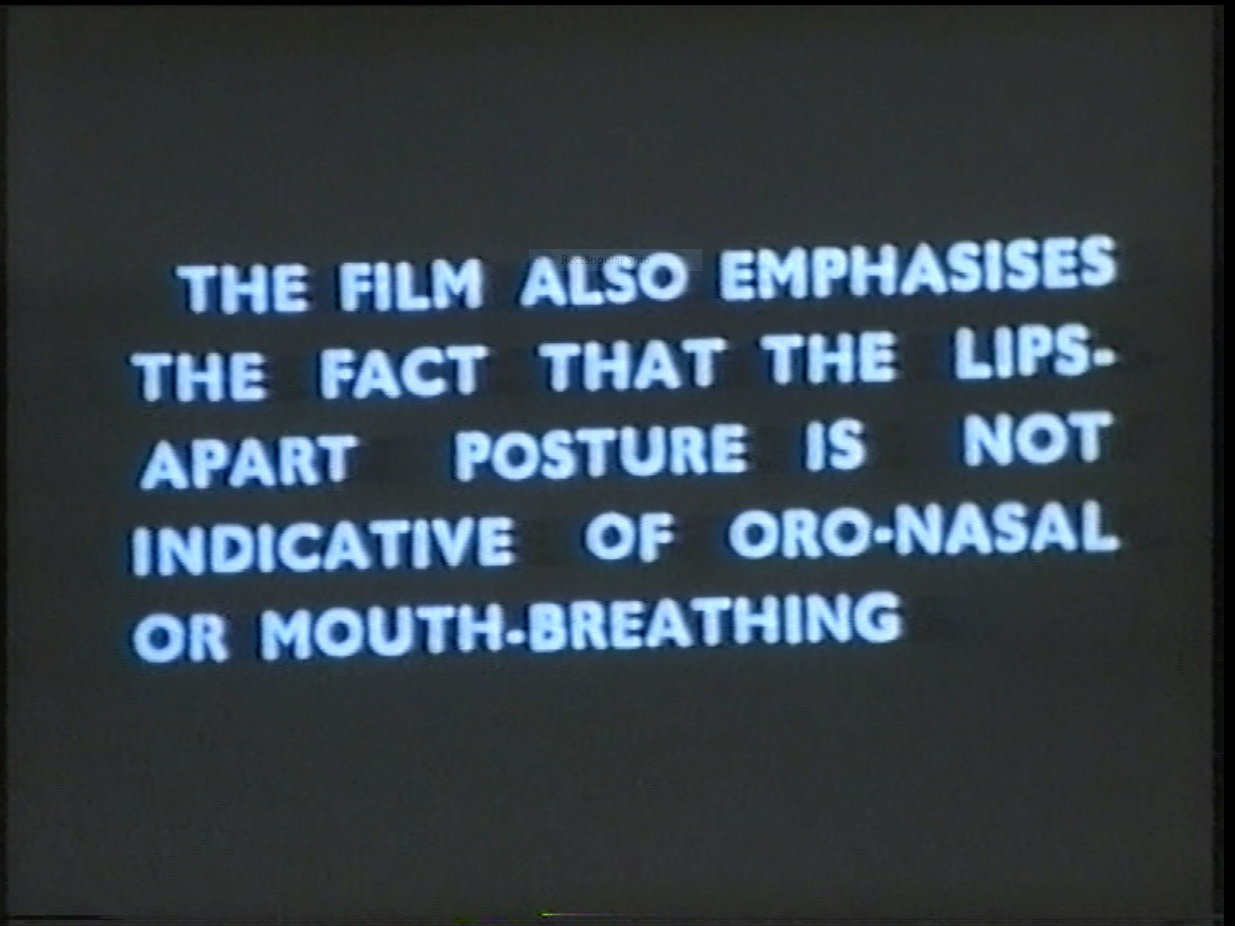Clifford Ballard
In his obituary Clifford Ballard was described as ‘the most influential figure in the development of British Orthodontics in the post-war years’. He established the first postgraduate orthodontic course at the Eastman Dental Hospital and his work on the genetic basis for facial form and malocclusion contradicted the thinking of the time.
 Clifford Ballard was born in 1910. His father, Frederick Ballard, was a politically active dentist who was influential in having orthodontics included in the NHS. After obtaining an LDS in 1934, Clifford joined his father’s practice, before returning to education to gain his medical qualification. At the same time, he was also lecturing part time at the Royal Dental Hospital (RDH). After qualifying in 1940, he joined the full time teaching staff at the RDH and was also appointed orthodontist to Middlesex County Council. In the same year, he also started working as clinical assistant at the Upper Respiratory Clinic of the Victoria Hospital for Children (later St George’s Hospital, Tooting) where he worked with Mr E. Gwynne Evans, an ear nose and throat surgeon. It was Ballard’s experiences with Gwynne Evans that focused his attention on respiratory function and the activities of the oro-facial musculature. Their first paper ‘The upper respiratory musculature and orthodontics’ was published in the BSSO Transactions in 1947 the same year as Ballard was elected a Councillor of the BSSO.
Clifford Ballard was born in 1910. His father, Frederick Ballard, was a politically active dentist who was influential in having orthodontics included in the NHS. After obtaining an LDS in 1934, Clifford joined his father’s practice, before returning to education to gain his medical qualification. At the same time, he was also lecturing part time at the Royal Dental Hospital (RDH). After qualifying in 1940, he joined the full time teaching staff at the RDH and was also appointed orthodontist to Middlesex County Council. In the same year, he also started working as clinical assistant at the Upper Respiratory Clinic of the Victoria Hospital for Children (later St George’s Hospital, Tooting) where he worked with Mr E. Gwynne Evans, an ear nose and throat surgeon. It was Ballard’s experiences with Gwynne Evans that focused his attention on respiratory function and the activities of the oro-facial musculature. Their first paper ‘The upper respiratory musculature and orthodontics’ was published in the BSSO Transactions in 1947 the same year as Ballard was elected a Councillor of the BSSO.
 In 1948 Clifford was appointed as the Head of the Orthodontic Department of the newly created Institute of Dental Surgery at the Eastman Dental Hospital. The same year he established the first postgraduate orthodontic course. This was the first orthodontic course in the UK and its creation was a significant milestone in the development of the profession. Ballard was liked by his students although the has his golf club which he used as a pointer in lectures and which was brought down hard on the desk of any student caught not paying attention. Clifford stayed at the Eastman until his retirement in 1972.
In 1948 Clifford was appointed as the Head of the Orthodontic Department of the newly created Institute of Dental Surgery at the Eastman Dental Hospital. The same year he established the first postgraduate orthodontic course. This was the first orthodontic course in the UK and its creation was a significant milestone in the development of the profession. Ballard was liked by his students although the has his golf club which he used as a pointer in lectures and which was brought down hard on the desk of any student caught not paying attention. Clifford stayed at the Eastman until his retirement in 1972.
 Clifford’s ideas about malocclusion and facial form opposed the thinking at the time. The accepted theory was that mouth breathing caused increased overjets and reduced overbites. These led to a lowered jaw and a lip apart posture. Ballard refuted this and demonstrated that most patients with a lip apart posture weren’t mouth breathing but instead their tongue was pressed against the lower lip. He argued that lip positions and swallowing patterns were genetically determined. Ballard produced a series of films to promote this idea and these are now held in the museum’s collection.
Clifford’s ideas about malocclusion and facial form opposed the thinking at the time. The accepted theory was that mouth breathing caused increased overjets and reduced overbites. These led to a lowered jaw and a lip apart posture. Ballard refuted this and demonstrated that most patients with a lip apart posture weren’t mouth breathing but instead their tongue was pressed against the lower lip. He argued that lip positions and swallowing patterns were genetically determined. Ballard produced a series of films to promote this idea and these are now held in the museum’s collection.
Ballard promoted the routine use of cephalometric radiography and used it to develop his classification of malocclusion based on the positions of the incisors and the “Ballard Conversion’, which determined the skeletal position of the jaws. Ballard promoted the use of removable appliances, including one of his own design, the Ballard Bow. He believed that stability and success in treatment could be achieved most of the time by tipping teeth.
Ballard was an active member of many orthodontic and dental societies. He was the editor of the BSSO Transactions and served as BSSO President in 1957. The meetings he held at the Eastman for consultants led to the formation of the Consultant Orthodontists Group.
Despite some of Ballard’s theories being later disproven, his thinking challenged the ideas at the time and progressed orthodontic theory.
[1] Ballard CF, Gwynne-Evans E. The upper respiratory musculature and orthodontics. Transactions of the British Society for the Study of Orthodontics 1947; 33: 160-190
View All